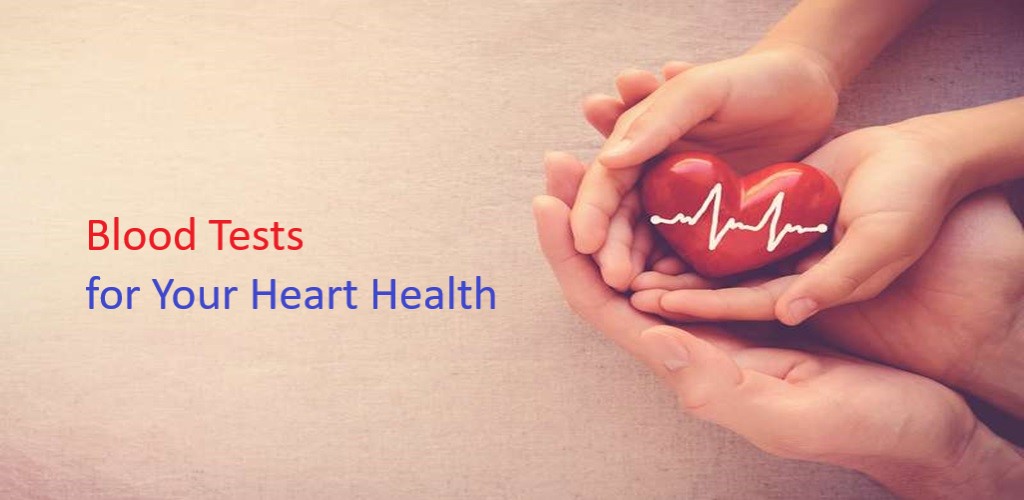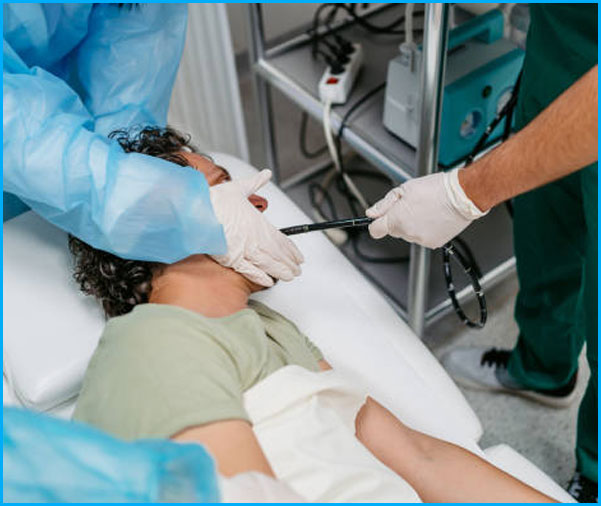Monitoring your blood sugar levels is essential for diagnosing and managing diabetes effectively. With various tests available, it’s important to understand their purpose and choose the one that suits your needs. Here, we explore the 4 top tests for diabetes, discuss their significance, and provide insights into the normal blood sugar levels chart for better understanding.
-
Fasting Blood Sugar (FBS) Test
The Fasting Blood Sugar test measures your blood glucose level after an overnight fast (at least 8 hours). This test is commonly used to detect diabetes and prediabetes.
- Purpose: It checks how your body manages blood sugar levels when you are not eating.
- Normal Range: 70-100 mg/dL (normal), 100-125 mg/dL (prediabetes), 126 mg/dL or higher (diabetes).
- When to Take It: Recommended as a routine test during annual health checkups or if you are at risk of diabetes.
-
Oral Glucose Tolerance Test (OGTT)
The OGTT evaluates your body’s response to sugar by measuring blood glucose levels before and after drinking a sugary solution.
- Purpose: It diagnoses diabetes, especially gestational diabetes in pregnant women.
- Normal Range: Less than 140 mg/dL (normal), 140-199 mg/dL (prediabetes), 200 mg/dL or higher (diabetes).
- When to Take It: Commonly used when FBS results are borderline or during pregnancy.
-
Hemoglobin A1C Test (HbA1c)
The HbA1c test measures your average blood sugar levels over the past 2-3 months. It doesn’t require fasting, making it convenient for many patients.
- Purpose: It provides a long-term perspective of blood sugar control and helps in managing diabetes effectively.
- Normal Range: Below 5.7% (normal), 5.7%-6.4% (prediabetes), 6.5% or higher (diabetes).
- When to Take It: Ideal for those already diagnosed with diabetes or at high risk, offering insights into overall management.
-
Random Blood Sugar (RBS) Test
The Random Blood Sugar test checks glucose levels at any time of the day without considering meals.
- Purpose: It provides quick results, useful in emergency situations or initial screening for diabetes.
- Normal Range: Less than 140 mg/dL (normal), 140-199 mg/dL (prediabetes), 200 mg/dL or higher (diabetes).
- When to Take It: Frequently used as a preliminary test to identify potential issues that require further investigation.
Normal Blood Sugar Levels Chart
Understanding normal blood sugar levels is crucial for interpreting test results and taking timely action. Here’s a quick guide:
| Test Type | Normal Range | Prediabetes | Diabetes |
| Fasting Blood Sugar | 70-100 mg/dL | 100-125 mg/dL | 126 mg/dL or higher |
| Oral Glucose Tolerance | Less than 140 mg/dL | 140-199 mg/dL | 200 mg/dL or higher |
| HbA1c | Below 5.7% | 5.7%-6.4% | 6.5% or higher |
| Random Blood Sugar | Less than 140 mg/dL | 140-199 mg/dL | 200 mg/dL or higher |
How to Choose the Right Test
The right test depends on your specific health condition and goals:
- Routine Checkups: FBS or HbA1c is recommended for those at risk of diabetes or undergoing annual health screenings.
- During Pregnancy: OGTT is the preferred test for diagnosing gestational diabetes.
- Immediate Results Needed: RBS is quick and efficient for emergency or initial assessments.
- Monitoring Diabetes: HbA1c offers a comprehensive view of long-term blood sugar management.
Why Choose a Reliable Diagnostic Lab?
Accurate and timely testing is essential for effective diabetes management. Whether you are in Kolkata or Bhopal, opting for a trusted diagnostic lab ensures precision, reliability, and comprehensive support. Look for labs offering advanced technology, experienced technicians, and prompt reporting to meet your health needs.
Conclusion
Regular blood sugar testing is vital for early detection and effective management of diabetes. By understanding the purpose of each test and consulting your doctor, you can take charge of your health. If you’re looking for reliable testing services, visit a reputed diagnostic lab in Kolkata or Bhopal and begin your journey toward better health today.
Stay informed, stay healthy!


